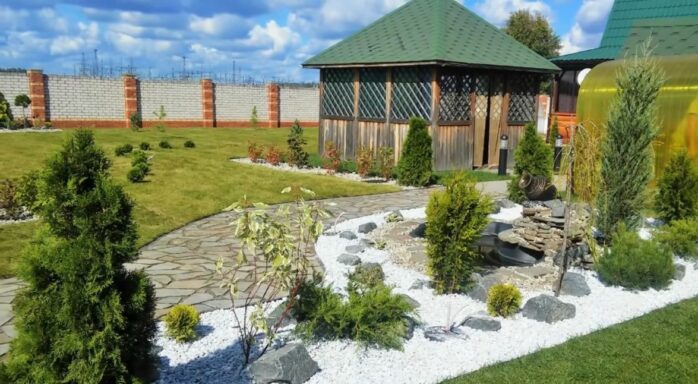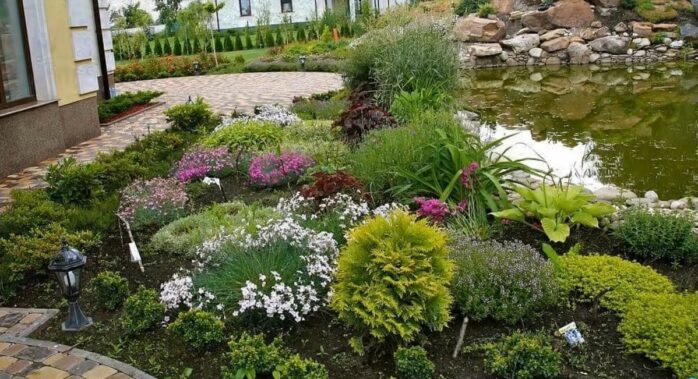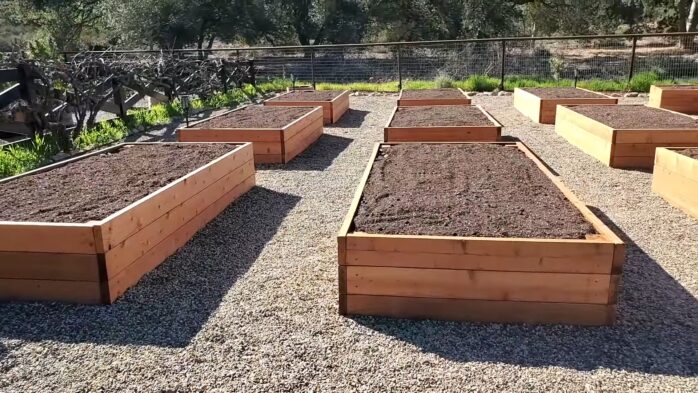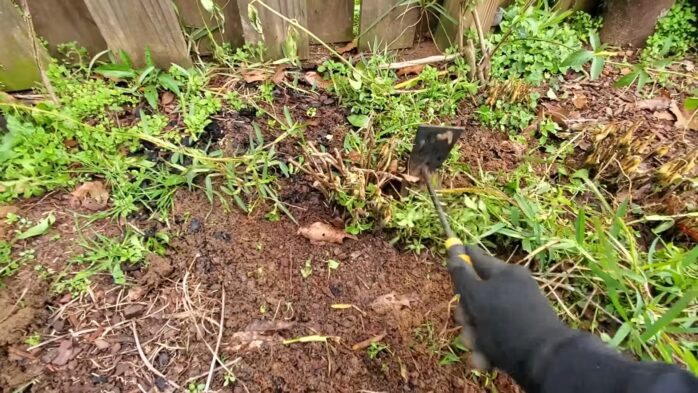
Gardening is more than just planting flowers and vegetables in the ground. It’s an art form that allows you to create a beautiful and functional outdoor space that you can enjoy year-round. Designing a garden can seem a stressful task, but with a few simple steps, you can create a garden that is both beautiful and functional.
1. Plan your garden with care
Before diving into the exciting world of gardening, it’s essential to dedicate some time to carefully planning out your garden’s layout and design. Begin by evaluating the size and shape of your garden area, taking note of any particular limitations or unique features that may influence your decisions. Additionally, pay close attention to the amount of sunlight your garden receives throughout the day, as this will significantly impact the types of plants that can thrive in your space.
Next, analyse the type of soil present in your garden, as this will also influence the types of plants that will flourish. It may be necessary to amend the soil if it is not ideal for the plants you desire. Once you have a clear understanding of your garden’s environmental factors, sketch out a rough plan or blueprint, designating where you intend to plant your flowers, vegetables, and other garden elements. Consider incorporating a mix of plant types to create a visually appealing and diverse garden.
2. Choose your plants with care
After you have meticulously crafted a well-thought-out plan for your garden, the next crucial step is to carefully select the plants that will grace your outdoor space. To make the most informed decision, it is imperative to take into account several factors that will influence the growth and overall health of your plants. These include the climate in your region, the type of soil you have, and the amount of sunlight your garden receives daily.
Start by researching the types of plants that are best suited for the climate of your area, as this will greatly impact their ability to flourish. Some plants may require a warmer or cooler climate, while others may need more or less humidity. It’s important to choose plants that are well-adapted to your local weather conditions to ensure their survival.
Next, consider the soil type in your garden. Different plants have varying soil requirements, with some preferring sandy, well-drained soil, and others thriving in heavier, clay-based soil. Conduct a soil test to determine its composition and pH level, which will help you select plants that will grow well in your specific soil type.
3. Create garden beds
Designing and implementing garden beds is an excellent strategy to introduce a sense of structure and organisation to your garden landscape. By using various materials such as bricks, stones, or even wooden planks, you will be able to create raised beds or borders that not only enhance the aesthetic appeal of your garden but also provide functional benefits. These garden beds serve to clearly delineate the different sections of your outdoor space, making it easier to plan and maintain your plants and flowers.
Moreover, garden beds can improve the quality of the soil within the designated areas, ensuring that your plants receive the necessary nutrients and drainage for optimal growth. Raised beds, in particular, can be advantageous for individuals with limited mobility or those who have difficulty bending down, as they provide easier access to tend to the plants.
4. Add features
A garden is more than just plants. Consider adding features such as a water fountain, garden bench, or trellis. These features can add interest and functionality to your garden. As a suggestion, a large wooden gazebo with roof by Tuin.co.uk could really add both functionality and aesthetics to your garden.You can store furniture when you need to or convert it into a small getaway when you do not want to be inside.
5. Maintain your garden
Maintaining your garden is a continuous and crucial process that demands consistent attention and care to ensure its health and beauty. One of the most vital aspects of garden maintenance is providing adequate water to your plants on a regular basis. Since different plants have diverse watering requirements, it’s essential to thoroughly research the specific needs of each plant species in your garden.
Some plants, such as vegetables and annuals, may necessitate daily watering, especially during hot and dry spells, to keep them healthy and thriving. On the other hand, certain plants, like succulents or drought-tolerant species, may only need to be watered once a week or even less frequently. Additionally, it’s important to consider factors like soil type, sunlight exposure, and local climate conditions when determining the appropriate watering schedule for your garden.
In addition to watering, it’s important to weed your garden beds regularly. Weeds can compete with your plants for water and nutrients, which can stunt their growth or even kill them. Pull weeds by hand or use a hoe to remove them from your garden beds.
Pruning is a crucial element of maintaining a healthy and thriving garden. This essential gardening practice involves the careful removal of dead, damaged, or diseased branches from your plants, which not only enhances their appearance but also promotes new growth and improves their overall health. By eliminating these unproductive portions, plants can redirect their energy to produce lush foliage and vibrant blooms.
It’s important to research the specific pruning requirements of each plant in your garden, as different plants necessitate different pruning techniques. Some plants may require regular pruning to maintain their shape and size, while others may only need occasional trimming to remove unwanted growth. Additionally, the timing of pruning can vary significantly between plant species. For instance, some plants should be pruned during their dormant period in the winter, whereas others should be pruned just after they finish flowering in the spring or summer.When pruning your plants, it’s essential to use clean, sharp tools to make precise cuts that will heal quickly and minimise the risk of infection.










